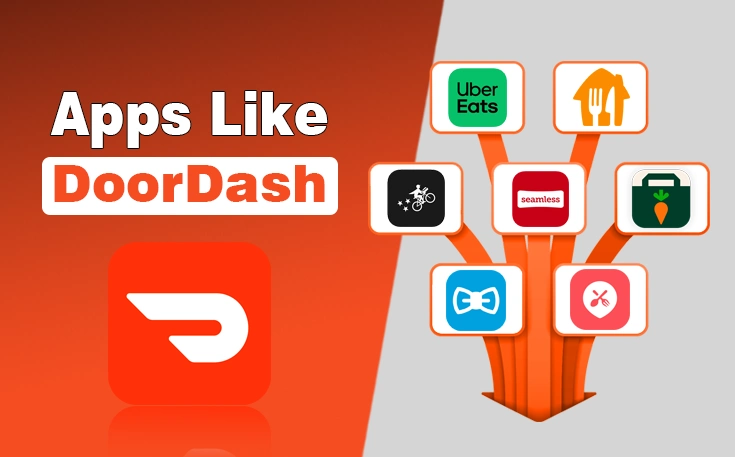As professionals, you might be well aware of the links you use on your website. These links are very important and matter a lot in your brand website/blog’s SEO. One type of link that SEO specialists focus on is the No Follow link of a website.
It contains certain types of HTML Tags that indicate to search engines to stop them from following or passing any link authority to them.
If you want to learn more about a No-Follow link, you’re at the right place. Here, I’ll cover what it is and whether it matters in SEO practices.
Let’s learn all the basics about it.
What is a No Follow Link? HTML Tag
<a rel=”nofollow” href=”https://example.com”>Example</a>
A No Follow Link is a link containing the rel=”nofollow” attribute. It is used to instruct search engines that they shouldn’t follow and, or send any ranking signal to the attached page. Unlike Do Follow Link, when search engines like Google come across it, they ignore it and don’t send PageRank or any other ranking signals across them.
It was introduced by Google in 2005 to business owners to avoid giving unnecessary backlinks because a Do Follow Link gives a backlink to a website. Further, backlinks has a major role in impacting search engine ranking of a page.
The search engine introduced the practice of dealing with comments containing spammy links and disavow links. Moreover, it has become a significant factor in search engine optimization, and specialists use it carefully.
If you’re new to the SEO profession, it’s important to know that a No Follow attribute is added in the HTML code of the link.
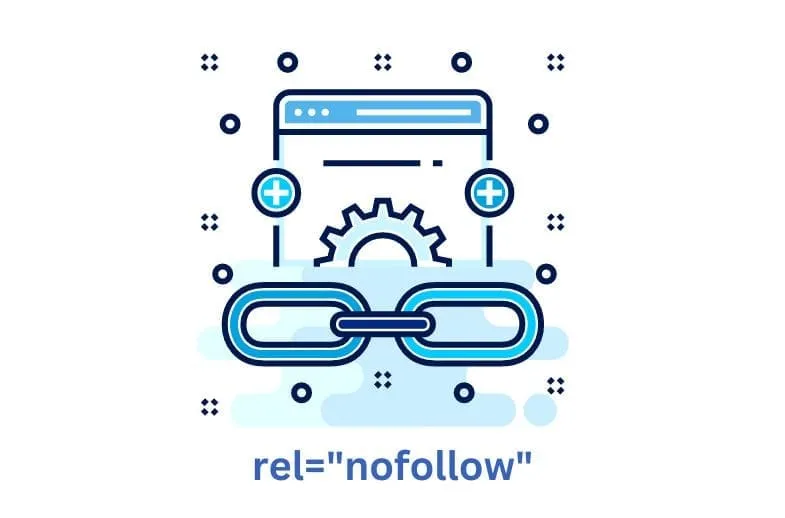
Importance of a No Follow Link
The importance of a No Follow Link is a point of debate among SEO specialists. Mainly, it does not affect the search engine ranking of a website at all. It simply tells the engine to ignore a certain linked page to the content.
However, if you look deeply, there are some other factors that highlight its importance. For example, it can be used to attach pages that have promotional or affiliate content. The same goes for pages containing special advertisements.
Adding it to such pages can save your website from penalties if the linked site gets hit by search engines. That’s one reason why big websites like Forbes and TechCrunch usually use no follow attributes when linking externally. In that case, they feel safe and can easily manage to protect their site authority against search engine penalties.
No Follow Vs Do Follow – The Difference
The primary difference between a No Follow and a Do Follow is how they affect search engine ranking. In general cases, a Do Follow actually encourages the engine to follow and send authority singles to the linked webpage.
Another special thing about Do Follow is that you don’t have to specify them like you do in a No Follow. In other words, it is written simply like any other link on the Internet.
The following comparison table can help you understand the difference better.
| No Follow | Do Follow |
|---|---|
| Signals to the search engine to ignore the linked page. | It encourages you to follow the linked page. |
| The link contains the “rel=”nofollow” attribute. | It does not have a specific attribute. |
| It can be used to avoid search engine penalties for promoted content. | This does not have anything to do with penalties whatsoever. |
How to Check if a Link is No Follow?
There are basically two methods you can use to check a No Follow. The first method is simple and includes using the “Inspect” feature that almost every browser has. Here’s how to do it:
- Right-click on any link that you want to analyze.
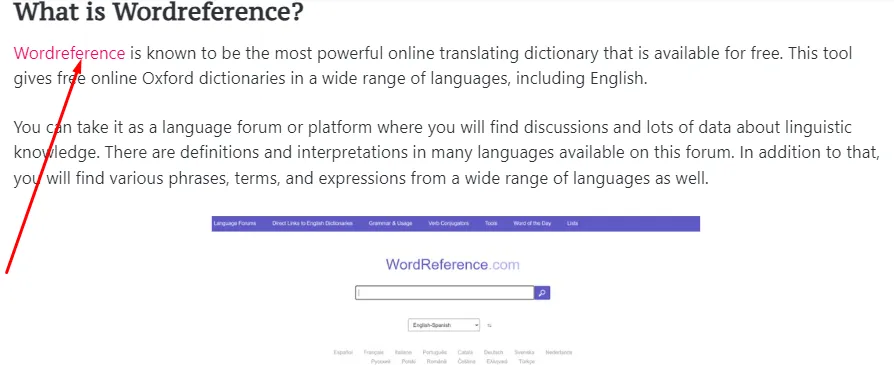
- Click on the “Inspect” option.
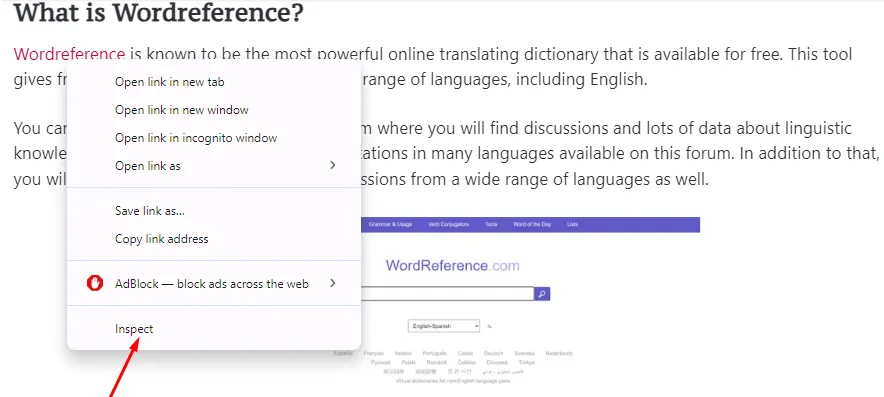
- The browser will highlight the relevant code for you.
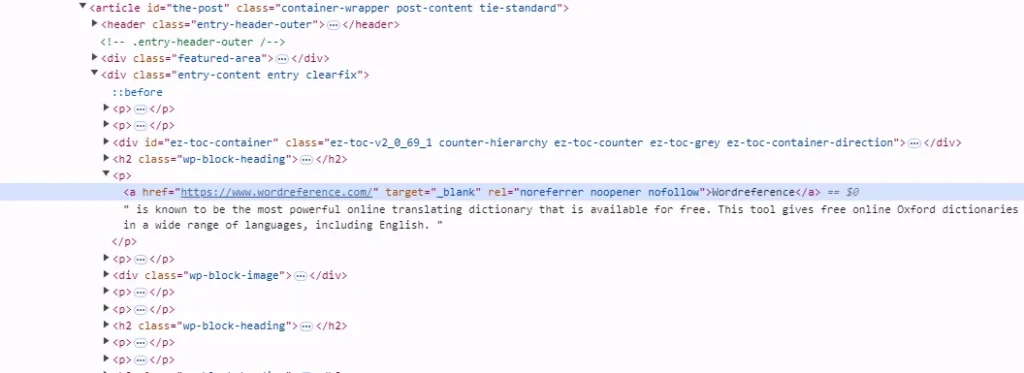
- If the highlighted code contains “rel=”nofollow”, the link is a No Follow.
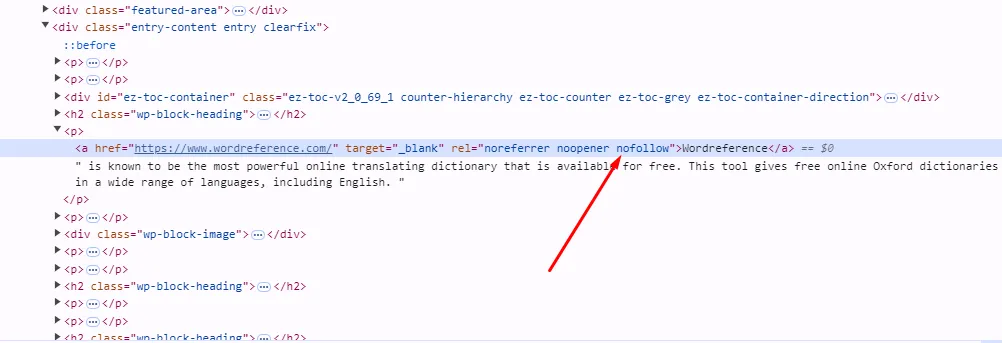
- Otherwise, it will be considered a Do Follow.
Secondly, you can use Chrome extensions, like Automatic Backlink Checker and Strike Out Nofollow Links, to get automatic quick reports on No Follow Links. These extensions will highlight the No Follow links on the page to give you easy and quick insights into page links.
However, if you want to get backlink reports, then you can use keyword analytics tools like Ahrefs, Moz, and Semrush, but they won’t tell you if your link is Do Followed or No Followed.
How to Apply No Follow Link Attribute?
As a WordPress blogger, you can easily apply a No Follow Link attribute to a certain keyword. Here are further guidelines:
- First, open a post where you want to add No Follow.
- Select the anchor text and click on the link icon.
- Now, add the link to the text.
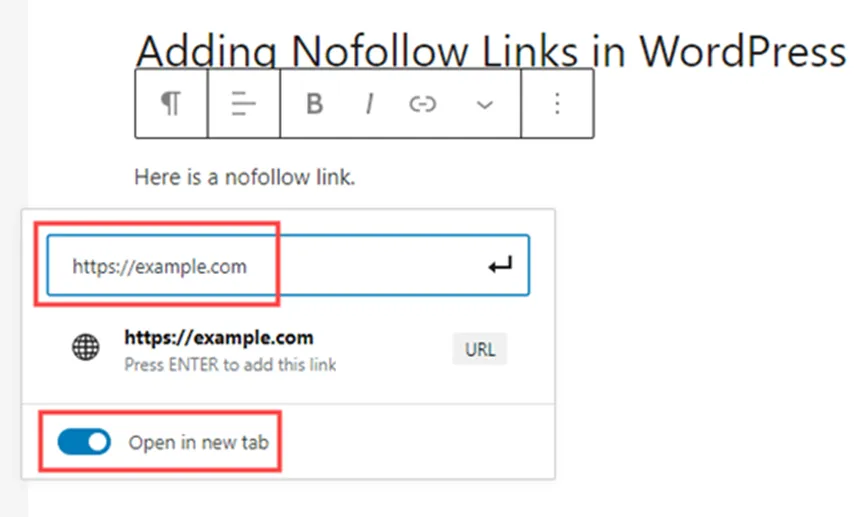
- Once done, hit enter.
- Now, click on the three dots in the menu bar.

- Select “Edit as HTML.”
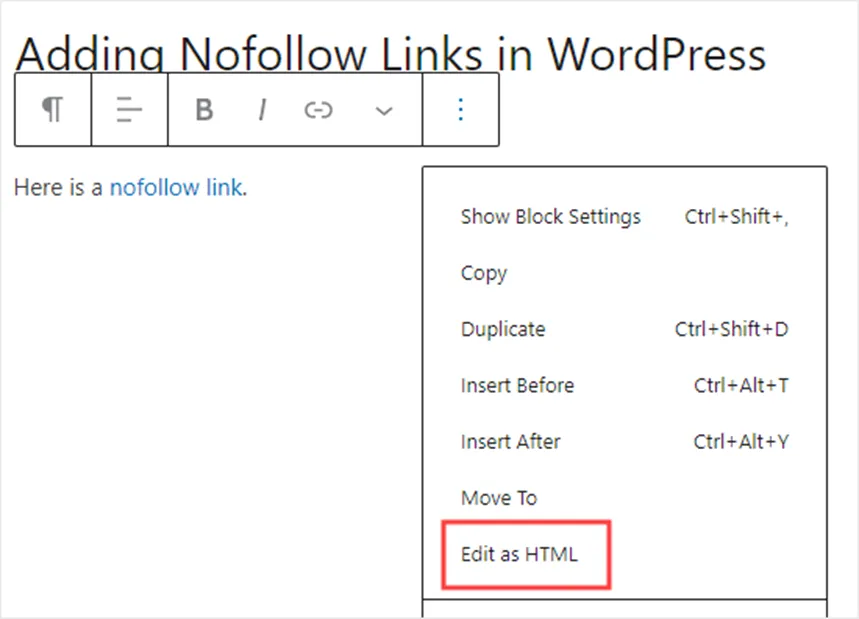
- You will see the HTML code now.
- Simply add rel=”nofollow” between _blank” and noreferror.

- Once done, hit the three-dot icon again.
- Now, click on “Edit visually.”
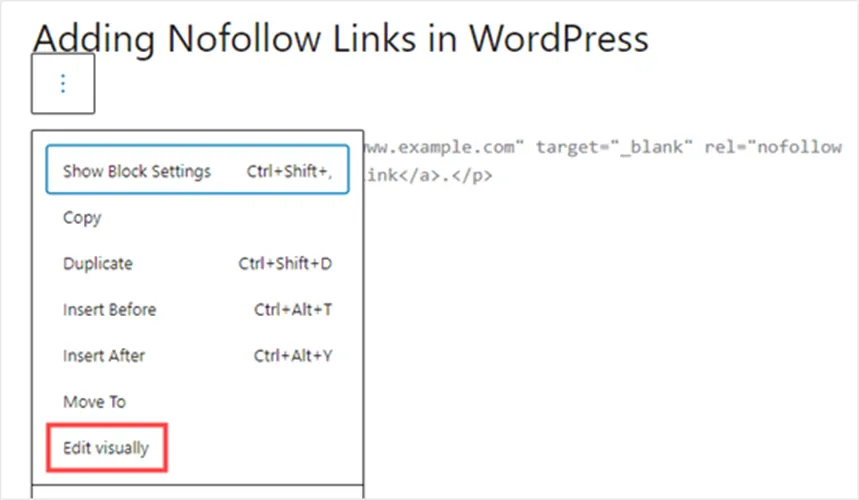
- Your normal link has been changed to No Follow now.
Usage Guide for a No Follow Link
I’ve mentioned the details below for using a No Follow Link:
When to Use
- Use it for pages you want the search engine to ignore.
- You can use it to attach advertisements and promotional pages.
- It can be used to hide an externally linked source from search engines.
When to Avoid
- Avoid using No Follow attributes while linking a high authority site.
- Avoid using it for pages that you specifically want to rank.
Closing Notes
Understanding a No Follow Link is very important for SEO specialists. It includes the rel=”nofollow” attribute in it. Experts use it to instruct search engines not to follow and analyze attached pages. It usually does not affect your site’s ranking.
However, it can be of great use for hiding promotional or affiliate content for penalty prevention. Although it’s a simple factor, you need to use it carefully to get the most out of the links used on your website.
FAQs
Do I have to write rel=”nofollow” in every HTML code of a link?
No. Different WordPress plugins can help you write it automatically.
Is there a specific attribute for a Do-Follow?
No. They are usually used as a normal link.
If an authoritative site uses a No Follow to my website, do I still get the traffic from there?
The answer is yes. You will get traffic drive, but it doesn’t affect your site authority.


